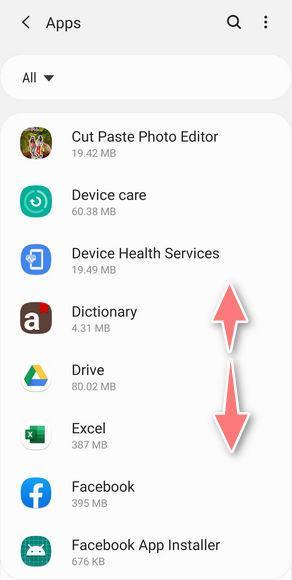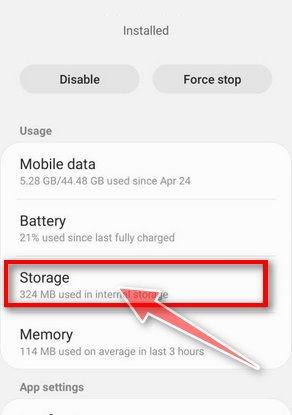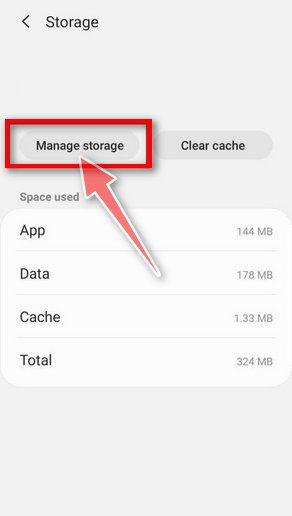If your Firefox browser is running slowly, crashing frequently, or acting abnormally, resetting it to factory default settings is one of the best troubleshooting steps you can take. Resetting Firefox restores the browser’s original preferences and settings, often fixing performance problems, conflicts, and bugs caused by customizations or problematic add-ons.
![How to Reset Firefox Browser to Factory Settings [Guide] 1 1200px Firefox Logo 2017.svg](https://malwaretips.com/blogs/wp-content/uploads/2018/08/1200px-Firefox_Logo_2017.svg-1024x1024.png)
This Article Contains:
What Does Resetting Firefox Do Exactly?
When you reset Firefox, any changes you’ve made to the browser are reverted:
- Default search engine is reset to the original setting
- Custom homepage is removed
- Added extensions and add-ons are disabled
- Performance and accessibility settings are restored to defaults
Resetting also clears out all browsing data stored in Firefox:
- Browsing history is deleted
- Cookies and cache are cleared
- Site preferences and permissions are forgotten
- Saved passwords and form data are erased
Essentially, resetting Firefox gives you a clean slate and lets you start fresh as if you’ve just installed the browser for the first time.
When Should You Reset Firefox?
Resetting Firefox can fix many common problems like:
- Sluggish performance or freezing
- Frequent crashing or errors
- Weird homepage redirects
- Unwanted pop-ups and ads
Resetting is also recommended if you think your Firefox has been infected with malware or a virus. It will disable harmful extensions and purge out any malicious changes made to your settings or data.
Resetting Firefox gives you a fast, easy way to undo any problematic customizations and restore peak browsing performance. Just be aware it will sign you out of sites and remove personalization options.
How To Reset Firefox to Default Settings
Depending on which operating system is installed on the device you’re using the Firefox browser, please click on the browsers tab below and follow the displayed steps to reset it.
Reset Firefox for Windows
The reset feature fixes many issues by restoring Firefox to its factory default state while saving your essential information like bookmarks, passwords, web form auto-fill information, browsing history, and open tabs.
To reset Firefox for Windows to its default settings, follow the below steps:
-
Click the three horizontal lines in the top-right corner and then click on “Help”.
Click on Firefox’s main menu button, represented by three horizontal lines. When the drop-down menu appears, select the option labeled “Help“.

-
Click “More troubleshooting information”.
From the Help menu, click on “More troubleshooting information“.

-
Click on “Refresh Firefox”
When the “Troubleshooting Information” page opens, click on the “Refresh Firefox” button.
![How to Reset Firefox Browser to Factory Settings [Guide] 2 Click on Refresh Firefox](data:image/gif;base64,R0lGODlhAQABAAAAACH5BAEKAAEALAAAAAABAAEAAAICTAEAOw==)
-
Confirm that you want to reset your browser settings.
To finish the reset process, click on the “Refresh Firefox” button in the new confirmation window that opens.

-
Click “Finish”.
Firefox will now close itself and will revert to its default settings. When it’s done, a window will list the information that was imported. Click on “Finish“.
Your old Firefox profile will be placed on your desktop in a folder named “Old Firefox Data“. If the reset didn’t fix your problem you can restore some of the information not saved by copying files to the new profile that was created. If you don’t need this folder any longer, you should delete it as it contains sensitive information.
Reset Firefox for Mac
The reset feature fixes many issues by restoring Firefox to its factory default state while saving your essential information like bookmarks, passwords, web form auto-fill information, browsing history, and open tabs.
To reset Firefox for Mac to its default settings, follow the below steps:
-
Go to the “Help” menu.
Click on Firefox’s main menu button, represented by three horizontal lines. When the drop-down menu appears, select the option labeled “Help“.

-
Click “Troubleshooting Information”.
Next click on the “Troubleshooting Information” option as indicated by the arrow in the image below. This will bring you to a Troubleshooting page.
![How to Reset Firefox Browser to Factory Settings [Guide] 3 Image - Troubleshooting Information option in Firefox Mac](data:image/gif;base64,R0lGODlhAQABAAAAACH5BAEKAAEALAAAAAABAAEAAAICTAEAOw==)
-
Click on “Refresh Firefox”
Click the “Refresh Firefox” button in the upper-right corner of the “Troubleshooting Information” page.

-
Confirm.
To continue, click on the “Refresh Firefox” button in the new confirmation window that opens.

-
Click on “Finish”.
Firefox will close itself and will revert to its default settings. When it’s done, a window will list the information that was imported. Click on the “Finish“.
Reset Firefox for Android
Resetting the browser settings to their default it’s an easy task on Windows or Mac computers; however, when it comes to Android, this can’t be done directly because it’s not an option built in into the browser settings. Restoring the browser settings on Android can be done by clearing the application data. This will remove all the cookies, cache, and other site settings that may have been saved. So let’s see how we can restore your browser to its factory settings.
To reset Firefox for Android to its default settings, follow the below steps:
-
Open the “Settings” menu.
Tap on the “Settings” app from your phone menu or home screen.
![How to Reset Firefox Browser to Factory Settings [Guide] 4 Settings app in Android](data:image/gif;base64,R0lGODlhAQABAAAAACH5BAEKAAEALAAAAAABAAEAAAICTAEAOw==)
-
Tap on “Apps”.
When the “Settings” menu opens, tap on “Apps” (or “App Manager”) to see all the installed applications on your phone.
![How to Reset Firefox Browser to Factory Settings [Guide] 5 Tap on Apps](data:image/gif;base64,R0lGODlhAQABAAAAACH5BAEKAAEALAAAAAABAAEAAAICTAEAOw==)
-
Find and tap on Firefox.
The “Apps” screen will be displayed with a list of all the apps installed on your phone. Scroll through the list until you find the Firefox app, then tap on it to open the app’s details.

-
Tap “Storage”.
When Firefox’s app info menu is displayed, tap on “Storage“.

-
Tap “Manage Space”.
Under the storage settings, you will get two options — Manage Space and Clear Cache. Tap on “Manage Space“.

-
Tap “Clear all data”.
Tap “Clear all data” to delete all Firefox data including accounts, bookmarks, and your settings to reset the default settings.

-
Confirm by tapping “Ok”.
A confirmation dialog should now be displayed, detailing the components that will be restored to their default state should you continue with the reset process. To complete the restoration process, tap “Ok“.
That’s it, Firefox settings will be restored to their defaults. We strongly recommend that you install an ad blocker like AdGuard to block malicious ads.
While resetting Firefox will restore the browser’s settings back to default, malicious extensions (that are installed with browser policies) or programs that are installed on your device can hijack the browser. If you are still having problems with your computer after completing these instructions, then please follow one of the steps:
- Run a computer scan with Malwarebytes Free
- Ask for help in our Malware Removal Help forum.


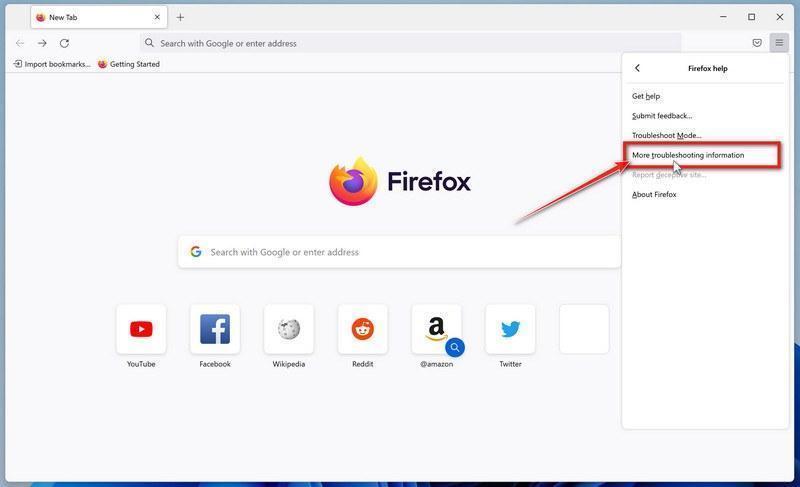
![How to Reset Firefox Browser to Factory Settings [Guide] 2 Click on Refresh Firefox](https://malwaretips.com/blogs/wp-content/uploads/2022/04/Refresh-Firefox-button.jpg)
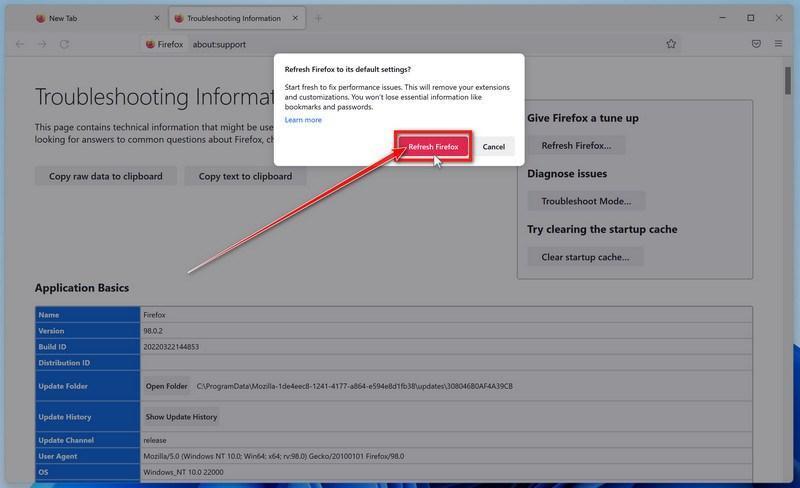
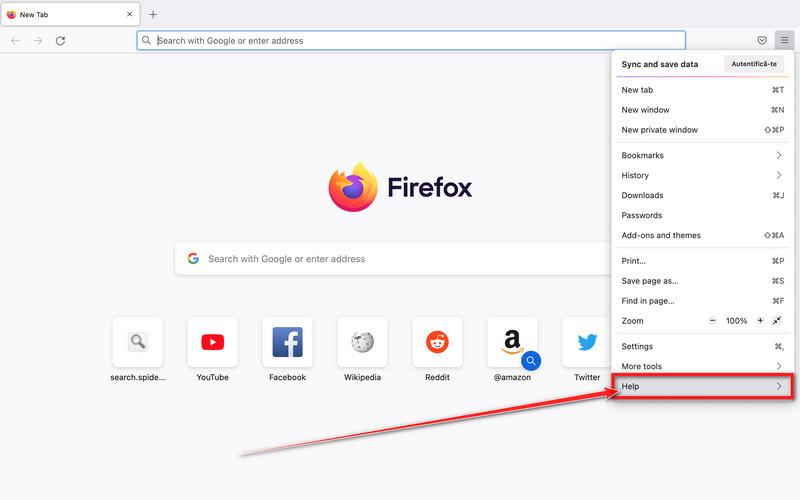
![How to Reset Firefox Browser to Factory Settings [Guide] 3 Image - Troubleshooting Information option in Firefox Mac](https://malwaretips.com/blogs/wp-content/uploads/2022/10/Reset-Firefox-Mac-2.jpg)
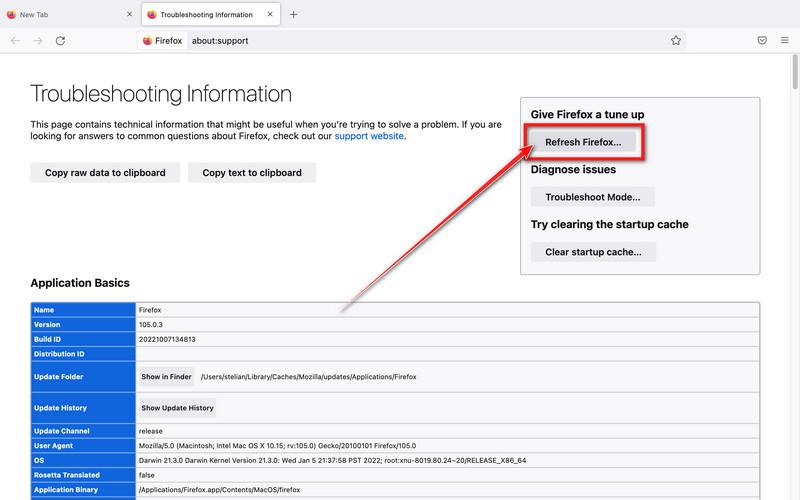
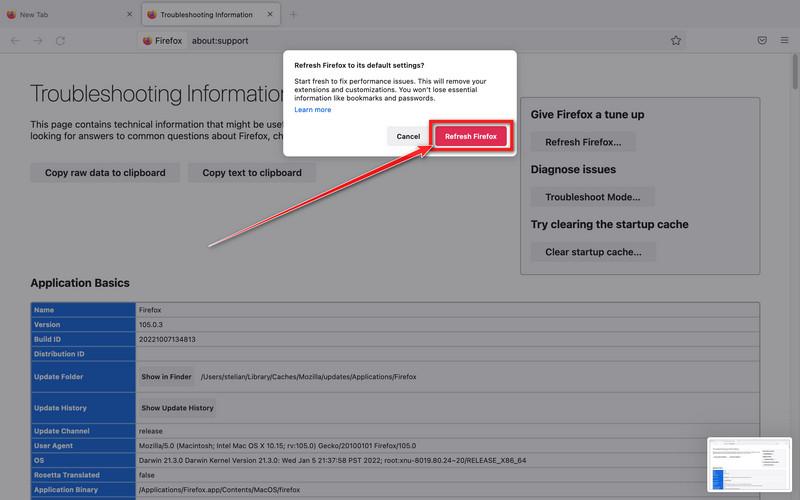
![How to Reset Firefox Browser to Factory Settings [Guide] 4 Settings app in Android](https://malwaretips.com/blogs/wp-content/uploads/2020/05/Menu-Settings.jpg)
![How to Reset Firefox Browser to Factory Settings [Guide] 5 Tap on Apps](https://malwaretips.com/blogs/wp-content/uploads/2020/05/Android-Open-Settings.jpg)
